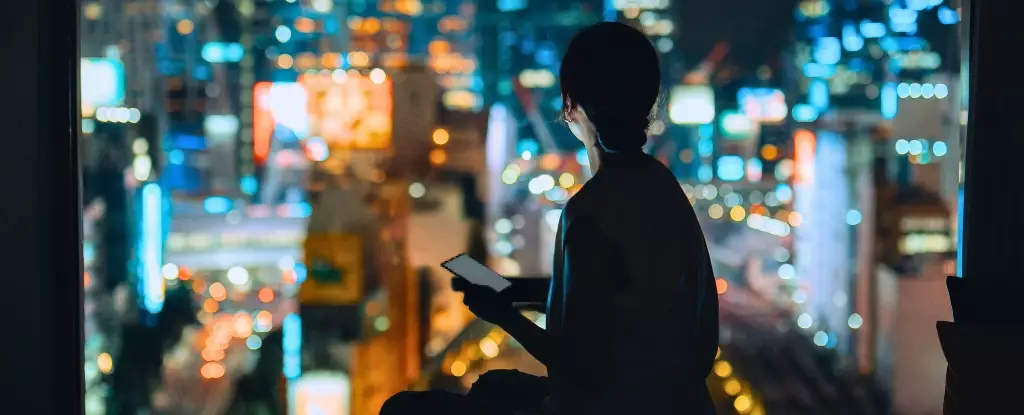In an era driven by technology and constant connectivity, our nights are more illuminated than ever. While artificial lighting has undoubtedly extended our productivity and comfort, it may come at a significant cost to our health. A compelling yet unsettling truth emerges from recent research: exposure to light during the night could be subtly damaging our cardiovascular system, increasing the risk of life-threatening conditions like heart attacks and strokes. This isn’t mere speculation—biological science underscores the disruptive influence of light on our internal clocks, our circadian rhythms, which govern everything from sleep cycles to blood pressure regulation.
Emerging studies, although not yet fully peer-reviewed, reveal a striking association: individuals exposed to higher levels of light at night face a markedly increased odds of developing serious heart disorders. It’s a wake-up call that challenges the sleep habits many of us prize—a call that urges us to rethink how we approach our nightly environment. The data indicates that turning off the TV, dimming lamps, and creating a true darkness in the bedroom might be more than just romantic or aesthetic choices; they could be essential steps toward safeguarding our cardiovascular health.
The Biological Evidence and Its Implications
Our bodies operate on the precise timing dictated by circadian rhythms—a finely tuned network that influences hormonal release, blood pressure, metabolic processes, and more. When these rhythms are thrown off by unnatural light during supposed night hours, the consequences can be profound. Disruption to circadian patterns has been linked with hypercoagulability, a propensity for blood to clot excessively, which directly increases the risk of heart attack and stroke.
What makes this issue even more alarming is how pervasive artificial light has become in our daily lives. It’s not just streetlights or neon signs—it’s the illuminating screens we keep right next to our beds, the streetlights peeking through window curtains, and nighttime electronics that create a constant glow. Data suggests that more than half of the population in certain regions, like the United States, fall asleep with the television or electronic device still flickering. This exposure, while seemingly benign, might be quietly elevating our risk factors for cardiovascular disease.
Crucially, the new research points out that this risk isn’t evenly distributed across all demographics. Women and younger individuals appear more vulnerable to these effects, emphasizing that light pollution could be an insidious, gender- and age-specific health threat. The mechanisms are complex but rooted in the fundamental failure of the body to maintain the necessary rhythmicity that promotes cardiovascular stability.
A Call for Personal Responsibility and Policy Change
The implications of these findings extend beyond individual choices—they hold significance for public health policy and societal norms. We must recognize that personal health begins with our environment. Small but deliberate changes—installing blackout curtains, turning off screens an hour before bed, dimming indoor lighting—can be surprisingly effective. These actions are straightforward steps in a larger movement to re-establish biological harmony disrupted by modern living.
Furthermore, this research challenges us to advocate for urban planning and lighting policies that minimize unnecessary nocturnal illumination. Cities and communities must reconsider the design of outdoor lighting to reduce light pollution, which not only impacts ecosystems but also endangers human health. The current convenience of bright, perpetually lit streets and advertising may seem harmless, but in truth, it is part of a larger environmental and public health crisis.
There’s a undeniable analogy here with other lifestyle crises—like smoking or poor diet—that took decades of scientific evidence before societies took effective reformative action. It’s time to prioritize sleep hygiene and environmental modifications, recognizing that our long-term health depends on it. While prohibitive regulations may be premature, raising awareness and encouraging personal accountability can catalyze meaningful change, fostering communities that respect and preserve the natural order of darkness and light.
This conversation isn’t just about individual comfort or aesthetic preferences. It’s about acknowledging the profound, often overlooked impact of our nighttime environment on cardiovascular health. By taking intentional steps to eliminate unnecessary light exposure, we reclaim control over our wellbeing, resist the silent assault of light pollution, and champion a more balanced, health-conscious way of living.


Leave a Reply